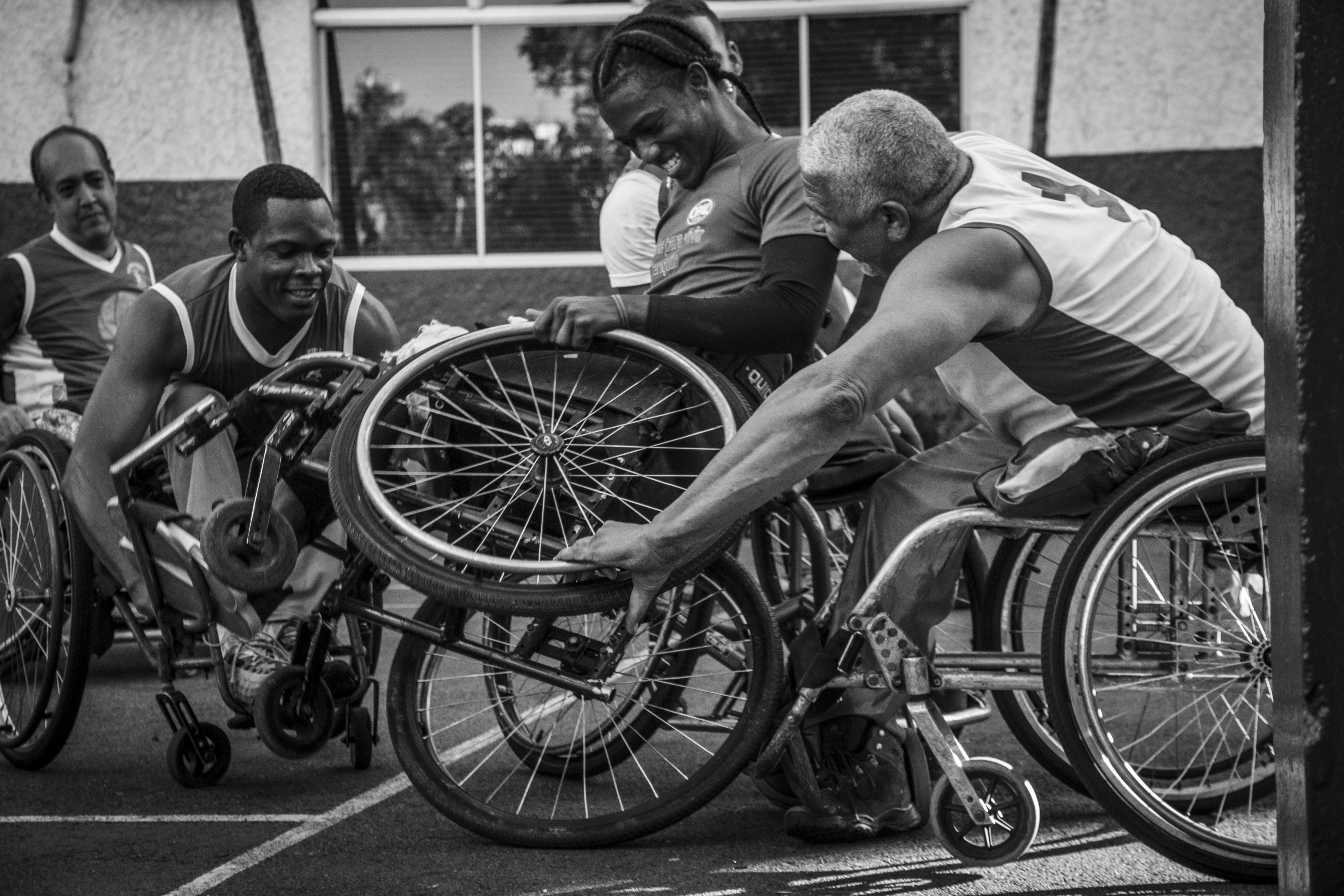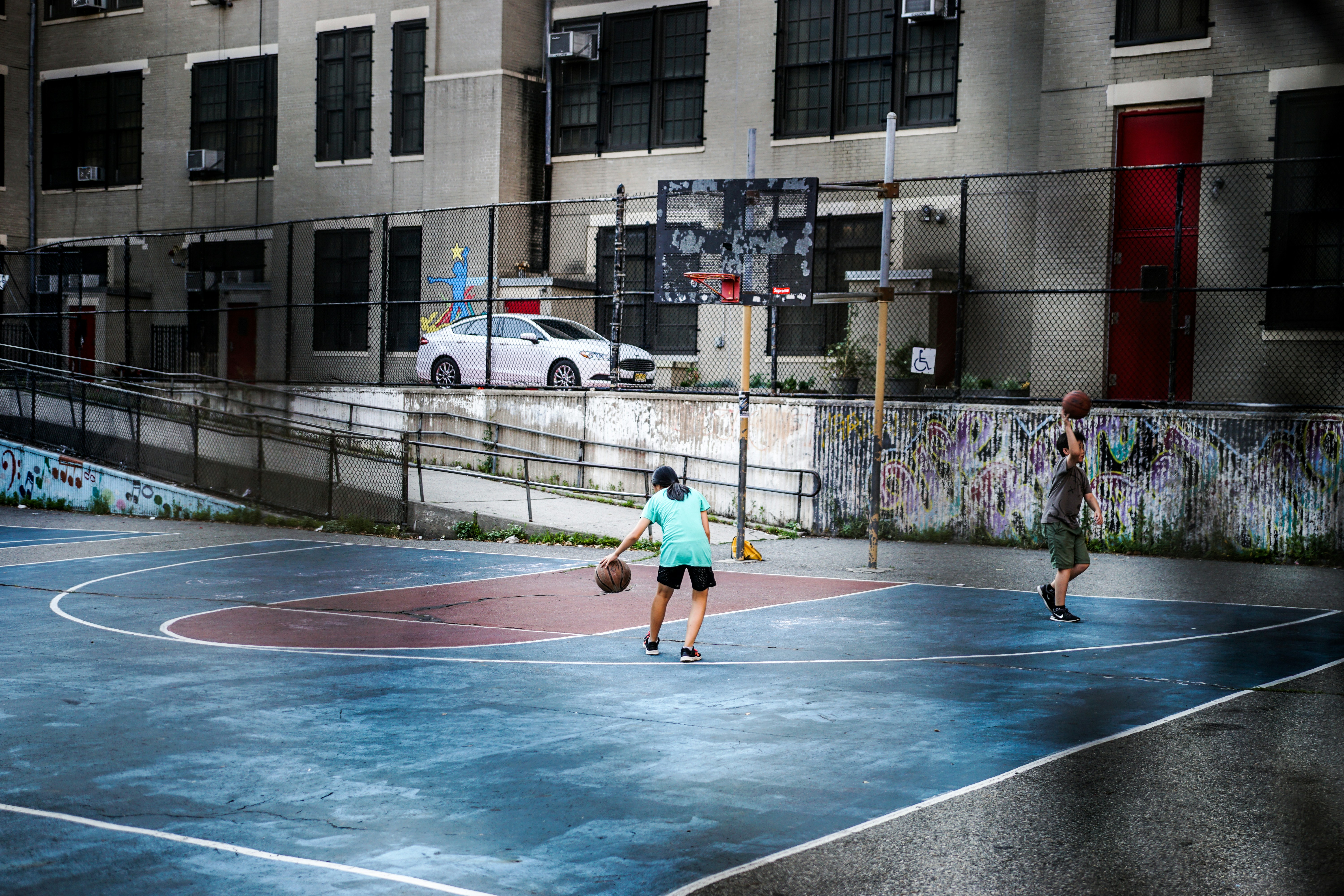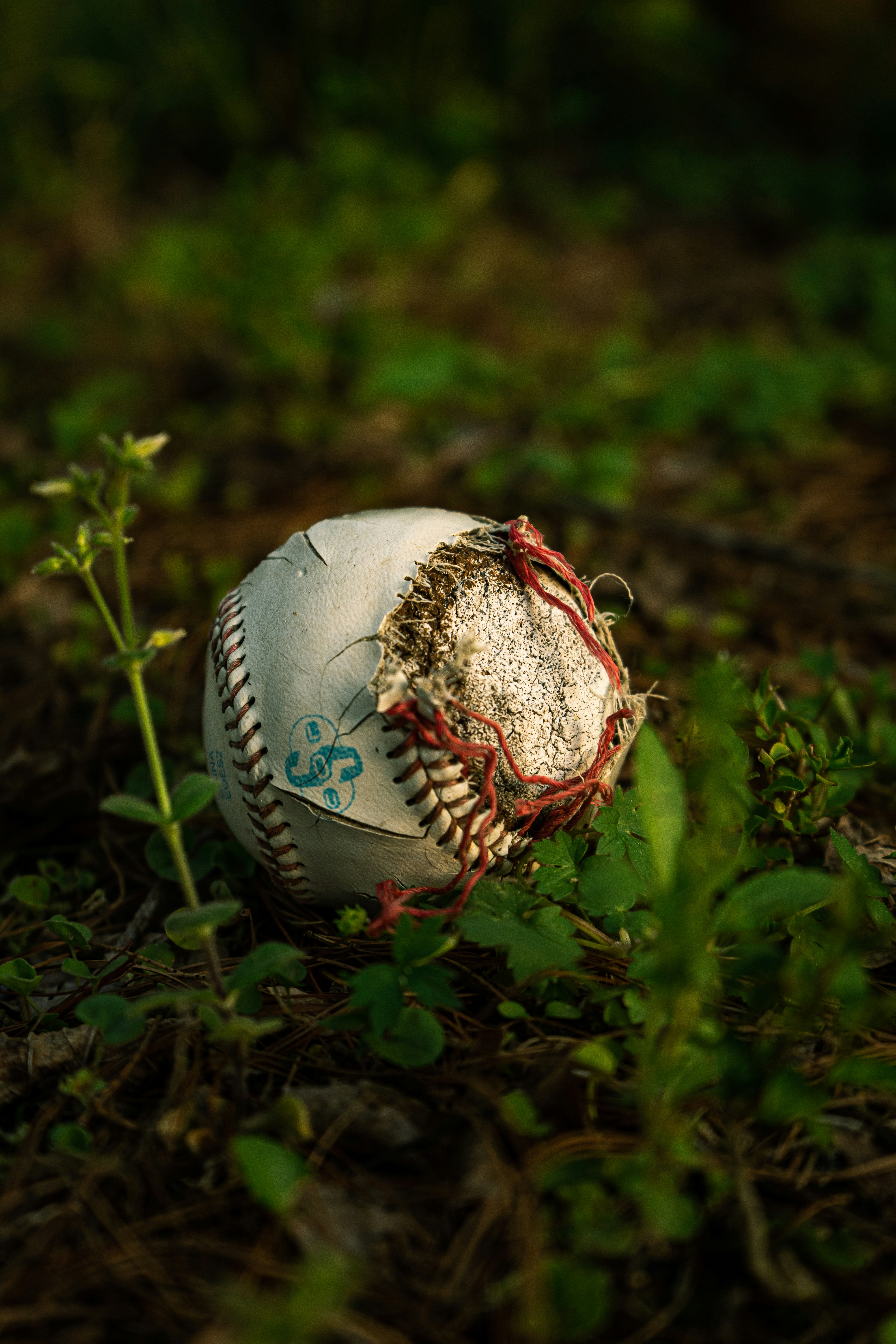The Hidden Language of Sports: Nonverbal Communication Matters
In the high-stakes world of sports, every movement counts. While fans cheer on teams and players, the nuances of body language and gestures often go unnoticed. However, these subtle nonverbal cues can significantly influence team dynamics, strategy, and performance. Understanding this "hidden language" can elevate teamwork and individual success in sports. This article delves into how athletes, coaches, and sports psychologists interpret and apply nonverbal communication to enhance collaboration and performance, presenting real-world examples that highlight its importance.
The Power of Body Language in Sports

Body language is an unspoken form of communication that can convey confidence, aggression, anxiety, or camaraderie. Athletes often express emotions such as excitement, defeat, or determination through their posture, movements, and interactions—without uttering a single word. For instance, a pitcher might indicate confidence through a relaxed stance and steady gaze, while a teammate's erratic movements could signal uncertainty or lack of focus.
Research on Body Language: According to psychologists, body language can constitute more than 55% of communication. An article in the Harvard Business Review discusses how executives use nonverbal communication to establish authority or rapport. This principle applies to sports as well, where decoding a teammate's physical signals can enhance performance on the field.
Gestures: The Unseen Playbook

Gestures play a crucial role in sports, particularly when quick communication is essential. In basketball, for example, players often use a series of hand signals to indicate plays without alerting the opposing team. These gestures can mean the difference between a perfectly executed play and a missed opportunity.
Example in Action: Think about the Atlanta Hawks' intricate hand signals during their offensive plays. Their ability to communicate effectively without verbal trepidation symbolizes the bond within the team that leads to successful execution. Coaches often emphasize the importance of these unspoken signals during practice to develop smoother transitions during games.
Facial Expressions: Telling Tales of Emotion

Facial expressions can significantly convey emotions that transcend words. A look of determination, frustration, or elation can shift the energy of an entire team. Athletes, coaches, and fans pick up on these cues, creating an emotional temperature that can propel a team to victory or lead to despair.
Real World Examples: Consider the intense rivalry in the NFL. Players' facial expressions reveal their mindset—confident jesting can uplift the group, while visible frustration can create tension. Noticing these dynamics, coaches often adapt strategies around the emotional climate of a game.
The Impact of Nonverbal Communication on Team Dynamics

When assessing team performance, nonverbal communication emerges as a critical factor in fostering team cohesion and resilience. Teams that excel in utilizing nonverbal cues often demonstrate enhanced understanding and collaboration.
Building Trust through Nonverbal Cues

Trust is foundational in sports. Teams that rely on strong nonverbal communication methods create an environment where athletes feel confident in each other's abilities. Open body language, like facing teammates during discussions and maintaining eye contact, fosters trust and respect.
Expert Insight: A study conducted by sports psychologists in the Journal of Applied Sports Psychology highlighted that teams exhibiting strong nonverbal rapport performed better in high-pressure situations. They were able to decipher when a teammate required support or motivation, often acting swiftly without a need for words.
Strategy Formation and Execution

In competitive sports, swift strategy execution is paramount. Nonverbal communication allows players to adjust strategies rapidly while maintaining focus on the game. Coaches often utilize nonverbal strategies to signal different plays or adjustments—actions as subtle as a nod, a raised finger, or specific gestures can initiate a shift in gameplay.
Internal Insight: For a deeper dive into how strategies evolve in sports, check out this article on game theory in sports. You'll see parallels with how nonverbal cues become part of an athlete's strategic arsenal.
Real-Life Examples: Athletes and Coaches Speak
Incorporating insights from active athletes and coaches can shed light on this essential aspect of sports. Many professional players emphasize the importance of understanding teammates on a deeper level, often describing how their success is tied to nonverbal communication.
Interviews with Professionals: Athletes like Stephen Curry of the Golden State Warriors have noted that his ability to read teammates during fast breaks is aided significantly by their body language. He mentions that there’s an unspoken awareness that contributes to their versatility and quick-thinking.
The Role of Coaches in Fostering Nonverbal Communication
Coaches play an instrumental role in developing their players' nonverbal communication skills. They often instruct athletes on how to respond through various forms of body language, gestures, and expressions. In practice, open discussions about what specific gestures mean can foster a culture of awareness among players.
Insight from Coaches: Renowned coaches have shared their experiences regarding the importance of cultivating a nonverbal culture within their teams. Coach Mike Krzyzewski of Duke University emphasizes the significance of recognizing these signals, stating, “Once you understand each other’s body language, you become a better team.”
Nonverbal Communication Techniques for Athletes
As athletes strive to enhance their performance, mastering nonverbal communication can make a considerable difference in their game. Here are some practical techniques:
1. Develop Self-Awareness
Understanding your own body language is the first step to improvement. Athletes should be mindful of their gestures, stance, and facial expressions, especially during practices and games.
2. Observation Skills
Learning to decode teammates' nonverbal signals can lead to improved team dynamics. Paying attention to how teammates react under pressure allows for shared understanding and motivation.
3. Practice Active Listening
Active listening in sports goes beyond hearing words; it includes observing body language and gestures to gauge a teammate's emotional state or readiness to communicate.
Linking Principles: To learn how mental strategies impact athlete performance, consider reading about mental health strategies in sports. They interplay nicely with nonverbal communication, as concentration often affects both mental and physical expression.
The Crossroads of Nonverbal Communication and Strategy
Nonverbal communication extends beyond interpersonal dynamics. In strategic formations and gameplay, athletes use nonverbal cues to signal instinctual adjustments that maximize team effectiveness.
The Value of Adaptability
Adaptability during games often relies on players reading and responding to nonverbal signals from their coaches and teammates. Being attuned to these cues can enhance decision-making and elevate gameplay.
Case Study: Analyze games where unexpected performances arose from keen awareness of nonverbal cues. Teams like the New England Patriots have showcased adaptability by dramatically changing gameplay based on players' readings of one another's signals.
Breaking Down the Psychological Component
Understanding the psychological implications of nonverbal communication can unlock new dimensions of athletic performance. The connection between mental state and body language is significant; a confident physical stance often leads to a more assertive and impactful performance.
The Feedback Loop of Nonverbal Communication
Essentially, nonverbal communication serves as both a catalyst and a reflection of a player's mental state. A positive mindset can enhance effective body language, which, in turn, reinforces that mindset. This feedback loop is critical for athletes seeking to perform at their best.
Invoking Emotional Intelligence
Emotional intelligence, the ability to identify and manage one's emotions and those of others, is often heightened in successful athletes. Developing empathy and understanding through nonverbal signals leads to stronger connections and teamwork.
Extra Insight: For a look into the factors influencing performance beyond stats, explore the resilience factor. This aspect pairs nicely with the skills built through nonverbal communication.
The Future of Nonverbal Communication in Sports
As technology evolves, so does our understanding of human interaction on the field. Wearable devices and biometric data can improve athletes' awareness of their nonverbal signals, leading to better performance.
Using Technology to Enhance Nonverbal Awareness
Biometric tracking technology can provide insights into athletes’ emotional states, allowing them and their coaches to understand how nonverbal behavior correlates with performance.
External Research: For a broader curiosity on technological advancements, take a moment to read about the rise of biometric data in sports. Such insights can transform athletic development.
Final Thoughts
The importance of nonverbal communication in sports cannot be overstated. From enhancing team dynamics and executing strategies to improving individual performance, understanding the nuances of body language, gestures, and expressions provides athletes with a competitive edge.
Fans and aspiring athletes alike can benefit from recognizing these subtle interactions. By familiarizing yourself with the hidden language of sports, you'll deepen your appreciation for the game and understand how nonverbal cues shape the emotional fabric of athletic competition. Whether you’re an athlete, coach, or avid sports enthusiast, embracing this knowledge can unlock new levels of connection and understanding within the sporting realm.



